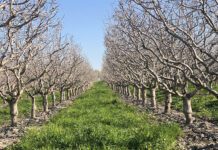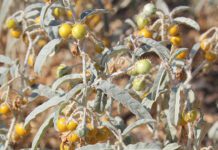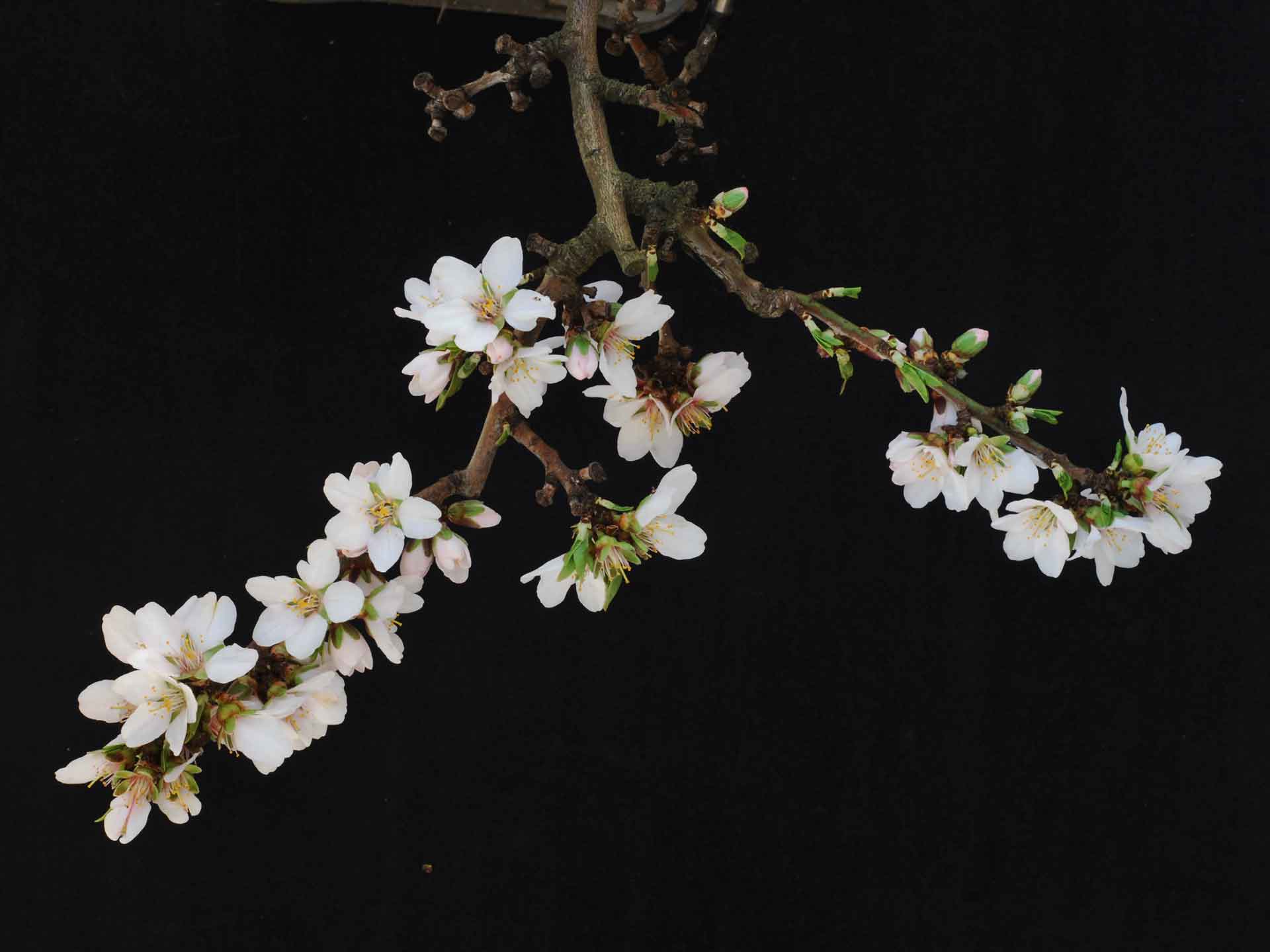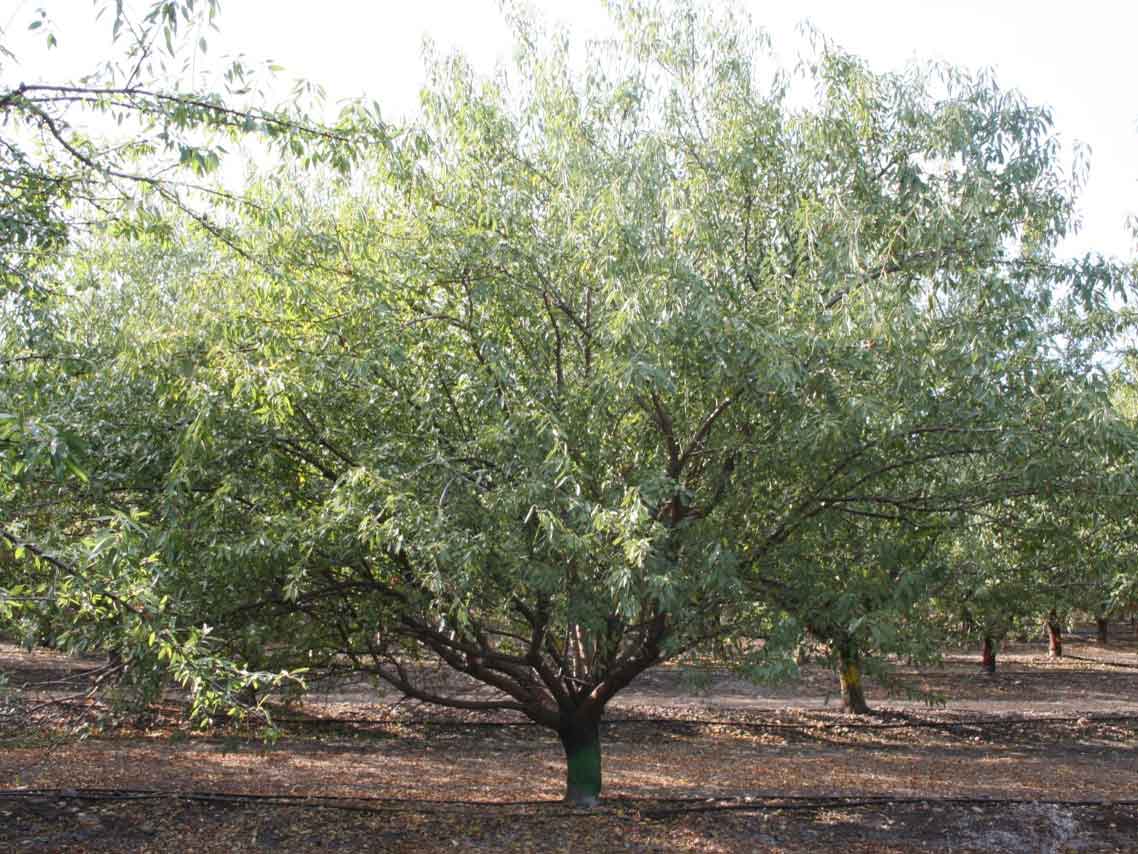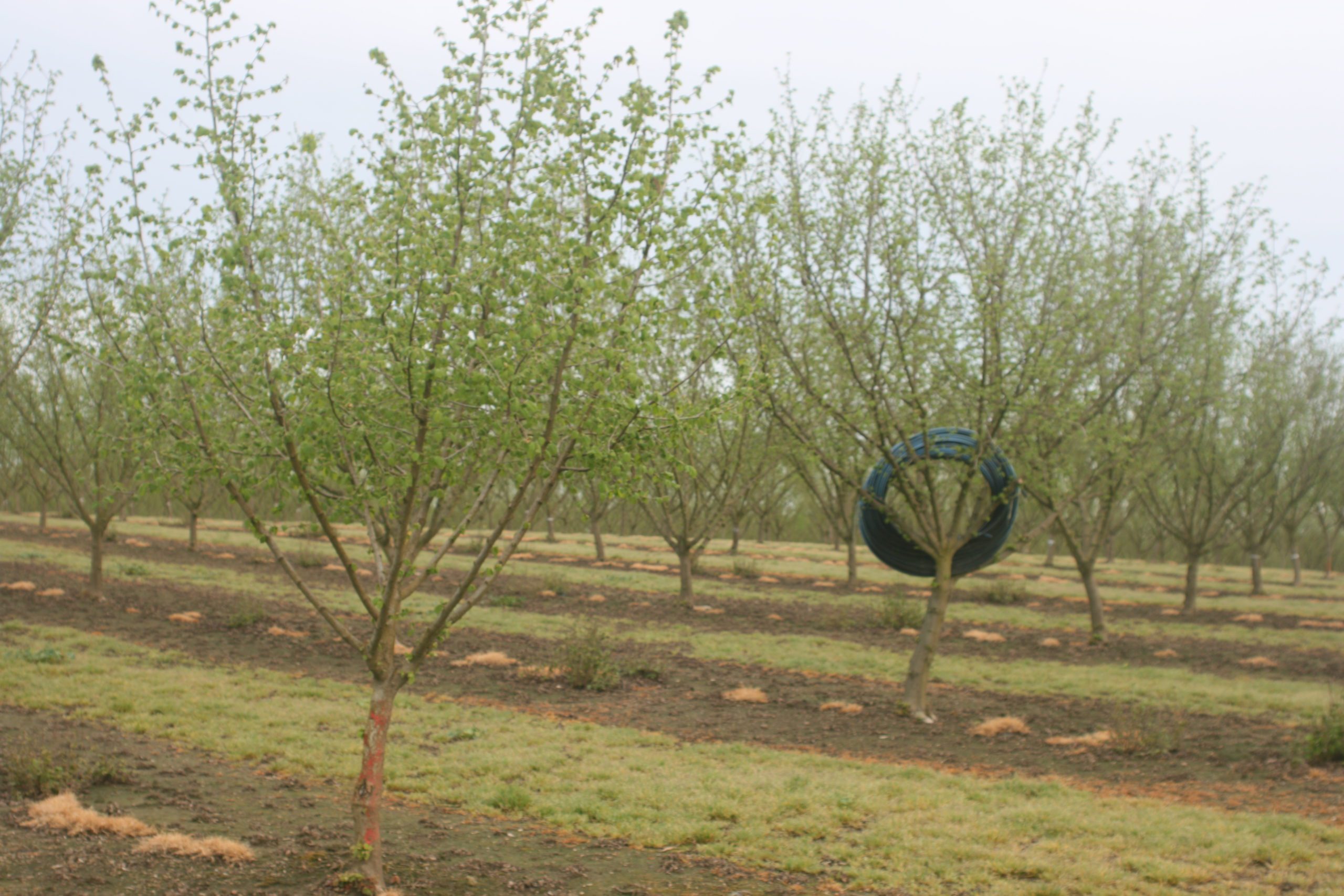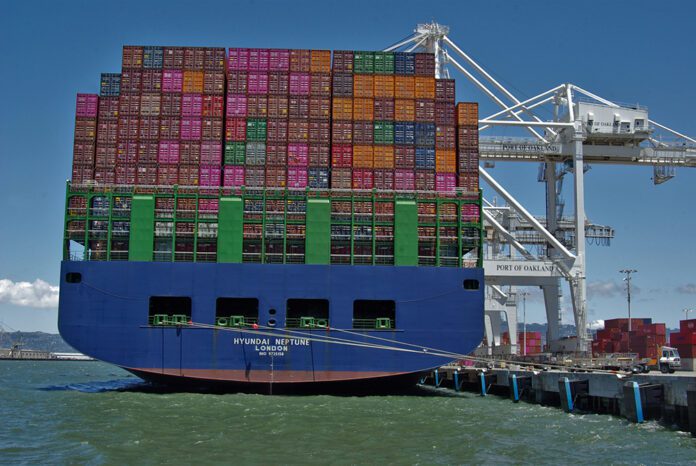
In a Nutshell: Listen to the Summary
David Magaña, senior specialty crop analyst with the RaboResearch Food & Agribusiness group, joked that the only thing predictable about the current global trade situation is the unpredictability.
While he admitted he borrowed the quote from someone else, Magaña said it aptly described the uncertainty and ever-changing scene surrounding international trade, tariffs and retaliatory tariffs.
“It’s just impossible to know what may happen after the 90-day pause,” he said about the temporary respite on most tariffs.
Ali Amin, founder of the Wasco-based nut and dried fruit grower-shipper-marketer Primex Group, agreed.
“Uncertainty is quite unsettling, especially for the business world from all different aspects,” he said.
For producers, handlers and exporters of tree nuts, the current trade situation also is high stakes since 67% to 70% of pistachios, almonds and walnuts are exported.
An Ever-Changing Tariff Picture
With his Liberation Day announcement April 2, President Donald Trump imposed across-the-board tariffs of 10% on most goods entering the United States. In addition, he added reciprocal tariffs on specific countries and goods. Initially, a number of other countries threatened retaliatory moves.
About a week later, Trump issued a 90-day pause on most country-specific rates, and many countries have at least temporarily matched that decision to allow time to negotiate.
A pause was also announced in the trade war against China as negotiations take place with that important trading partner.
Should the tariff situation remain unresolved past the pause, Amin said interest in the 2025 almond and walnut crops currently on the trees could soften. Especially for almonds, some buyers have historically bought ahead of harvest, and he’s already seen waning interest in August new-crop almond shipments. Buyers of pistachios, on the other hand, don’t typically trade ahead of harvest, Amin said.
Bill Carriere, CEO of Carriere Family Farms in Glenn, said their operation had already weathered tariffs during Trump’s first term, and he’s not looking forward to marketing the 2025 crop should the current trade situation remain unsettled.
“I hope they get things worked out before the new crop,” he said.
Outside of China, which has been a miniscule market for U.S. walnuts during the past few years, the nut has by and large escaped the latest round of tariffs. And most of the 2024 walnut crop is already committed.
Even so, Carriere said he remains concerned about shipments that may be in transit being subjected to unforeseen tariffs.
“I don’t want to put something on the water one day and the tariff gets implemented when it’s in route,” he said. “We had it happen in the past with the earlier Trump trade war, and the buyer then wanted to renegotiate the whole price.”
Leaving the load on the destination dock or shipping it back isn’t an option, so the marketer ends up doing a distressed sale.
Not only has the ever-changing tariff situation created anxiety in export markets, but it’s had similar effects on the import side. Carriere said he’s worried about fertilizers, crop protection materials and other crop inputs, since many are made in other countries or the ingredients are manufactured elsewhere.
“The inputs on farm haven’t come down in my lifetime,” he said. “The ag economy is already suffering from high costs and low commodity prices.”
In addition, Magaña and others say they remained concerned about how tariffs, should they be implemented and at what rates, may increase global inflation while slowing economic growth. Stagflation, as the economic malaise is called, most notably occurred in the United States from the early 1970s to early 1980s. Interest rates soared into the double digits, and farmers faced an economic crisis not seen since the Great Depression.

Almonds
With tight supplies of almonds, walnuts and pistachios, prices continue to inch up, Magaña said.
“At least for tree nut markets, it seems like the short-term market has been outweighing the tariff situation,” he said.
As the marketing season moves to the downhill side, total almond shipments and commitments were about 2.3 billon pounds at the end of March, about the same as the 2023-24 marketing year, according to the Almond Board of California’s position report. The marketing year runs from August 1 to July 31 of the following year.
Assuming a 2.7-billion-pound 2024 crop, current shipments and commitments are forecast to end in a carry-out of about 500 million pounds. That’s similar to ending supplies from the 2023-24 marketing year, and the current tight supply has been slowly driving up prices, Magaña said.
“Almond prices continue to be strong, given the shorter crop that we had and the very manageable carry-in to the beginning of the season,” he said. “This year’s shipments track well to end the market situation with an even lower carry-out than the previous season and business has been stabilizing.”
With much of last year’s crop already marketed, Julie Adams, Almond Board of California vice president of global technical and regulatory affairs, said diversification has been essential but the industry needs to remain flexible.
“With 70% export, we have to be prepared to deal with an ever-changing landscape,” she wrote in a reply. “We are closely monitoring the situation and will make adjustments if needed.”
How the current tariff situation, particularly in China, will affect shipments moving forward is unknown, Magaña said. During the first Trump administration, China implemented two separate tariffs on almonds. China dropped one 25% tariff in 2020 while keeping the other 25% tariff in place.
In 2024, China and Hong Kong together imported about 106 million pounds of California almonds, making them the No. 6 export market.
Currently, California almond shipments into China face 35% import tariffs, which also include existing tariffs from the previous Trump administration. Australia has taken up part of the market void because of its existing free-trade agreement with China that contained no tariffs on almonds.
And Australia’s redirecting exports also may open opportunities for U.S. almond producers to backfill in those markets previously supplied by the country down under, Amin said.
Some U.S. exporters also have implemented workarounds by increasing almond shipments to Vietnam, where they undergo value-added processing before being shipped to China, Magaña said. Exports to Vietnam have increased, with shipments of 36.3 million pounds year to date, according to the March ABC position report. During the same period a year ago, shipments to Vietnam were only 26.5 million pounds.
“They’re going to invest more in Vietnam, and that works only in the case that Vietnam doesn’t impose a tariff on U.S. almonds,” he said. “At least today, that seems to be the case.”
Walnuts
With about 80% of the 2024 crop already sold or committed, walnuts have not been subjected to tariffs in major export markets during the latest trade war. But they still face 100% tariffs in India dating back to 2019.
“At this time, no new retaliatory tariffs have been levied against walnuts from California in our key markets,” Pam Graviet, California Walnut Commission vice president of integrated marketing, wrote in reply. “However, the industry is still impacted by the high 100% tariff in India for all walnuts and the 10% steel and aluminum retaliatory tariff in Türkiye since May 2019.”
Nevertheless, she said removal of India’s 20% retaliatory tariff on walnuts in 2023 put the California commodity on a level playing field with other walnut imports that all have 100% tariffs. The Walnut Commission, which is involved in health research and export market development, also views the tremendous growth opportunities within India with its large vegetarian population.
“We are hopeful that the continued discussions between the U.S. and India for a bilateral trade deal will enable the continued progress in increasing California walnut exports to India,” Graviet said.
For California walnut growers, the overall market has definitely improved over the past three years as growers removed orchards along with a 2024 crop estimated to be about 30% below the record crop harvested in 2023, Magaña said. Supply seems to be more balanced with demand, and carryout from the 2024-25 marketing year is expected to be tight.
Prices have responded, moving from about 25 to 30 cents per pound in 2022 to well over $1 per pound for the 2024 crop, he said. Chile, which comes into production six months before California, has enjoyed higher global prices. And Carriere said California needs a good-sized 2025 crop to meet world demand and reclaim some lost markets.
“But if you throw tariffs in there, it messes everything up,” he said.
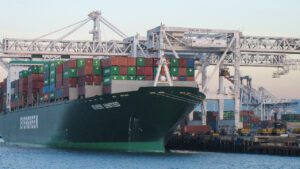
Pistachios
For the 2023 pistachio crop, which was an on year, China remained the leading importer of U.S. pistachios, accounting for more than 307 million pounds or about one-third of total exports, according to American Pistachio Growers information. Shipments to that country also were up 90% from 2022, which was an off year. Pistachios are alternate bearing, producing a large crop during the on year followed by a smaller crop during the off year.
Should tariffs be reinstated that price the U.S. out of the Chinese market, Iran may step in to supply about two-thirds of what China needs, Amin said. Türkiye, the world’s third-largest pistachio producer, could potential make up the difference.
But he also remains concerned about broader potential tariff impacts from other importers such as the European Union, which is a major market for U.S. almonds and pistachios.
Much as the respective commodity groups have promoted their crops as healthful foods, Amin said nuts are still a luxury purchase. Importers initially pay the tariffs and most ultimately pass along some or all the extra cost to consumers.
“Unfortunately, tariffs are inflationary,” he said.
As inflation eats into consumers’ discretionary income, purchases of items such as nuts are some of the first to be cut.
Amin already has experienced inflationary impacts when he priced trailers in early April. Units that used to cost $40,000 each jumped to $48,000 apiece because of aluminum and steel tariffs instituted by other countries.
The uncertainty surrounding tariffs also has fed recessionary fears.
“From the economists that I follow, a recession is almost guaranteed,” Amin said. “It’s already in the works and it’s almost unavoidable. And it wouldn’t be just a U.S. recession. Unfortunately, it would be a global recession.”
And all these unknowns make business planning extremely difficult, he said.
“Every grower is asking this question of what it means to them for 2025 grower prices,” Amin said.

Vicky Boyd | Contributing Writer
A veteran agricultural journalist, Vicky Boyd has covered the industry in California, Florida, Texas, Colorado, the South and the Mid-South. Along the way, she has won several writing awards. Boyd attended Colorado State University, where she earned a technical journalism degree with minors in agriculture and natural resources. Boyd is known for taking complex technical or scientific material and translating it so readers can use it on their farms. Her favorite topics are entomology, weeds and new technology. When she’s not out “playing in the dirt,” as she calls agricultural reporting, Boyd enjoys running, hiking, knitting and sewing.








